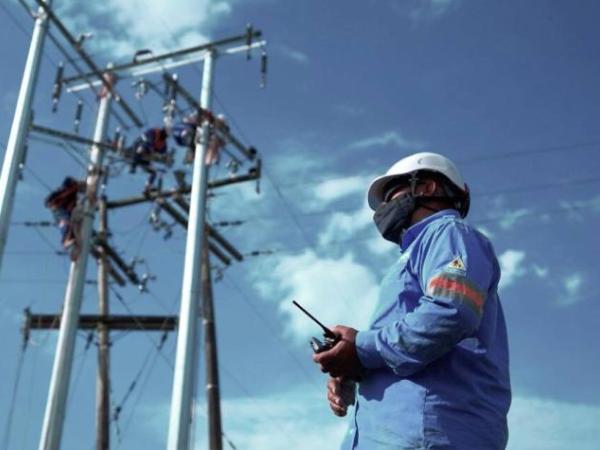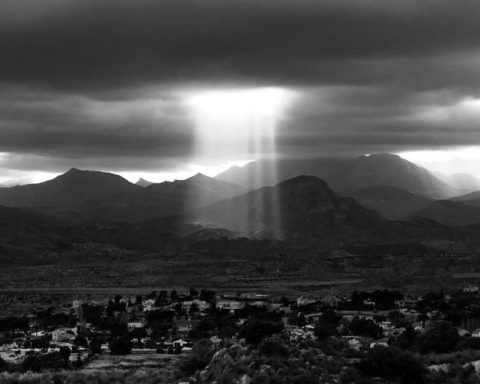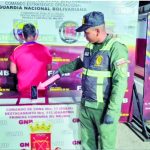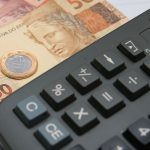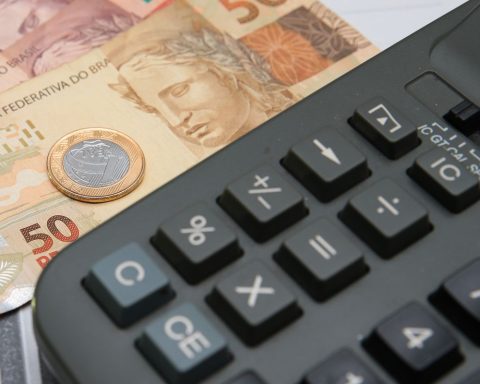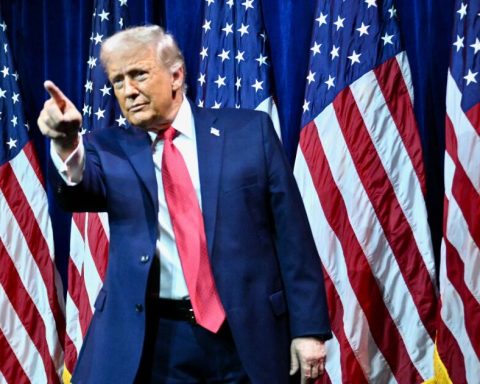When the National Government discussed the General Budget of the Nation (PGN), one of the Ministries that requested more additional resources was that of Mines and Energy, especially for the payment of electricity and natural gas subsidies.
(‘Tax reform may affect energy prices’).
The portfolio argued the need for more resources both to cover what would be generated next year and to pay an already existing deficit for this one. This means that they already noticed a lack of resources to turn to marketers. Now, the companies warn that this debt that the government has with them, combined with other issues, is generating cash pressures.
In Colombia there is a cross subsidy model, in which strata 5 and 6 pay an additional balance to support the payment of strata 1, 2 and 3. However, this has not been enough, so money from the PGN is required. For example, for the fourth quarter of 2022, the Ministry estimated that resources of $900,000 million were required for this transfer, which would be incorporated as a lag (since it is to cover a debt from the previous term).
The Government appropriated resources for less than what was requested for this service, with which the lag of 2022 and some months of 2023 will be paid (since it does not cover the total amount estimated by the portfolio). Total, the Government has accounts payable to these companies, for a value of $1.2 trillionfor the accumulated of a few months, as explained by José Camilo Manzur, president of Asocodis.
(The four pillars of the strategy to reduce energy prices).
John Jairo Toro, manager of Air-e, assured that they have not received payment since July. Each month, on account of the subsidies, the company that operates in Atlántico, Magdalena and La Guajira, generates close to $45,000 million in subsidies and so far, the debt reaches $150,000 million.
This is a situation that extends to other service providers. In the case of Compañía Energética de Occidenteits balance as of October exceeded $35,000 million.
Ómar Serrano, its president, pointed out that the Ministry of Finance has already shown signs of seeking the resources to pay this “assuming debt.”
For this reason, Carlos Solano, Celsia’s Regulatory Affairs leader, explains that they analyze it as a short-term problem. Although the debt is for one semester of the operation, this year they expect one quarter to be paid and the other to be resolved in the remaining one.
This is added to the cash difficulties due to the debt generated by the rate option in force during the pandemic. This is a tool that allows the price of a kilowatt to be frozen, so that the difference between the real value and the one collected accumulates as a debt. Once the tariff option is finished, the sellers can gradually increase the price in order to recover this portfolio.
However, the situation has not been like that and most companies are still below the price they should charge to recover this money. The consequence is that the trading companies are affected in their balance sheets and Solano highlights that it is the long-term problem. The total value to be recovered by the providers in the first quarter was $3.26 trillion and up to October it already exceeded $4.5 trillion.
(Ministry rules out stabilization fund for electricity).
Air-e is in fact one of the companies with the most resources in the red for the fare option. According to Toro, the value amounts to $900,000 million and given the current price situation, he does not know when they will be able to recover the box.
For this reason, Solano assures that they are looking for solutions, including debt, to be able to finance the balance in the red ($480,000 million for Celsia) and not impact user fees.
The only company that has already recovered the balance of this account is CEO, according to data from the Superintendence of Public Services, while Enel, EPM, Afinia and Celsia They were the ones that had to recover the most money at the first quarter cut.
Manzur points out that this creates financial difficulties for companies, especially those that do not have the financial muscle to sustain the figures in the red, which is why he called for finding solutions. The effort involved in these two points could even put the financial stability of some of the providers at risk. Solano points out that they are not yet in a worrisome situation, although he hopes that the payment of subsidies will be received this year.
Other factors such as energy losses and past-due loans aggravate the situation, which is already complex in some regions, according to Manzur.
Within the framework of the Pact for Tariff Justice, one of the three resolutions issued by the Creg allowed the marketers to defer the tariff option payments that they had to make between September and December.
This figure will be paid after January 2023 within 18 months.
The measure, rather than lowering the price of consumer bills, aims to stabilize the financial situation of the companies providing electricity service. Companies could volunteer.
Daniela Morales Soler
